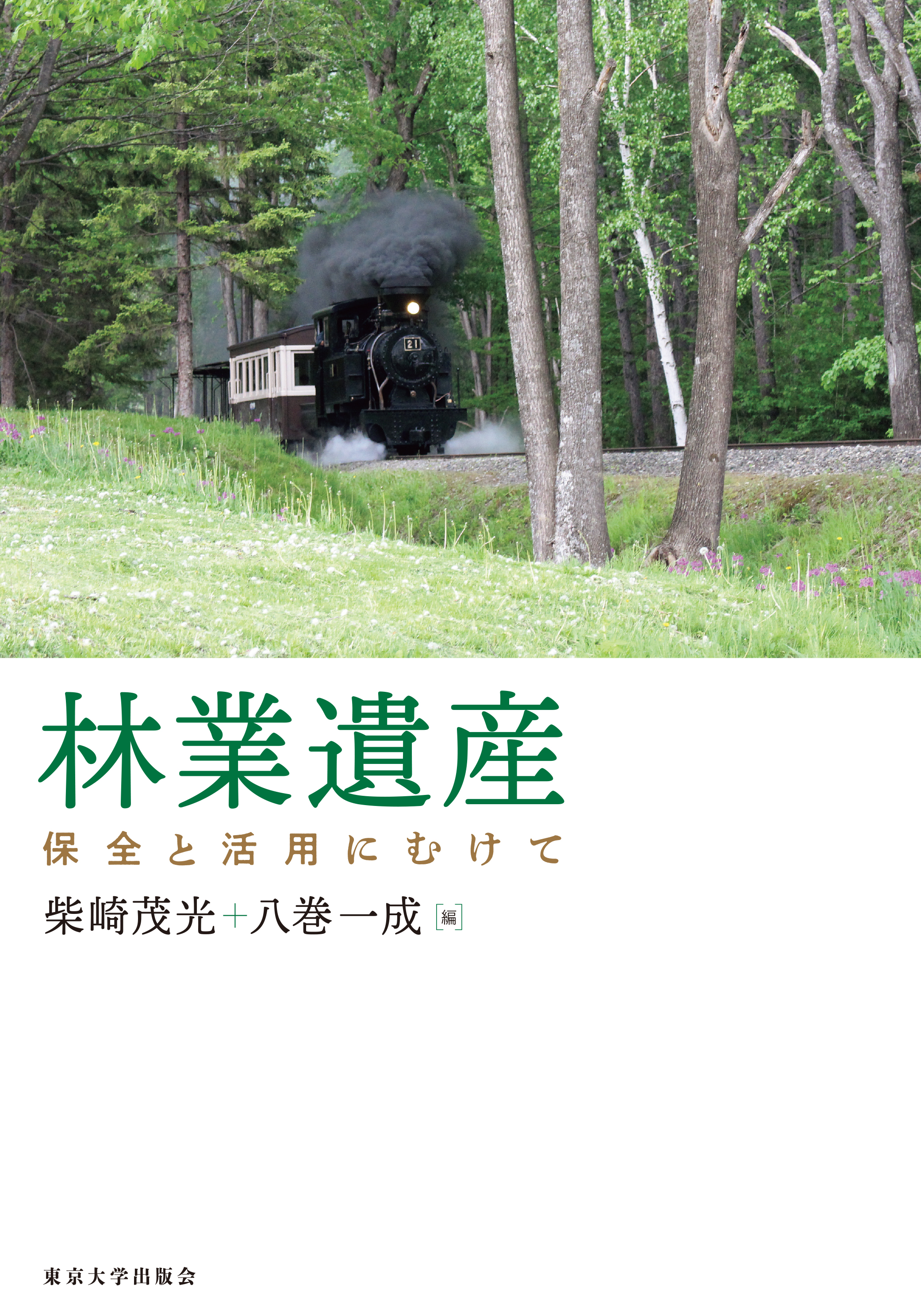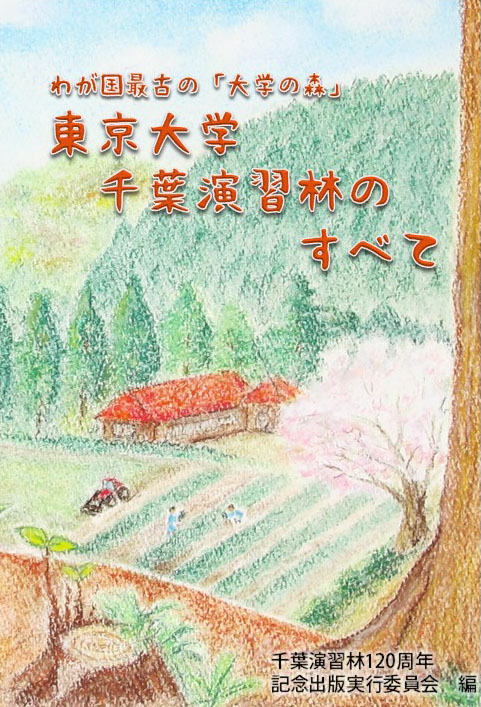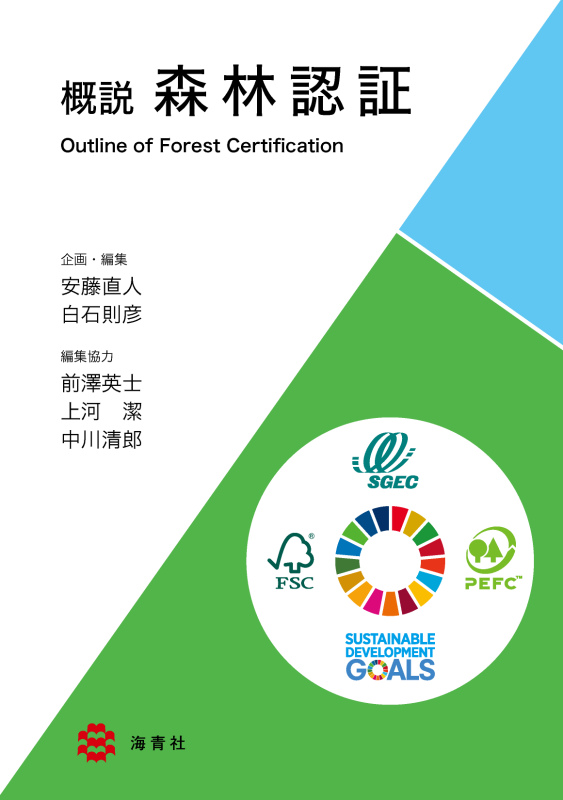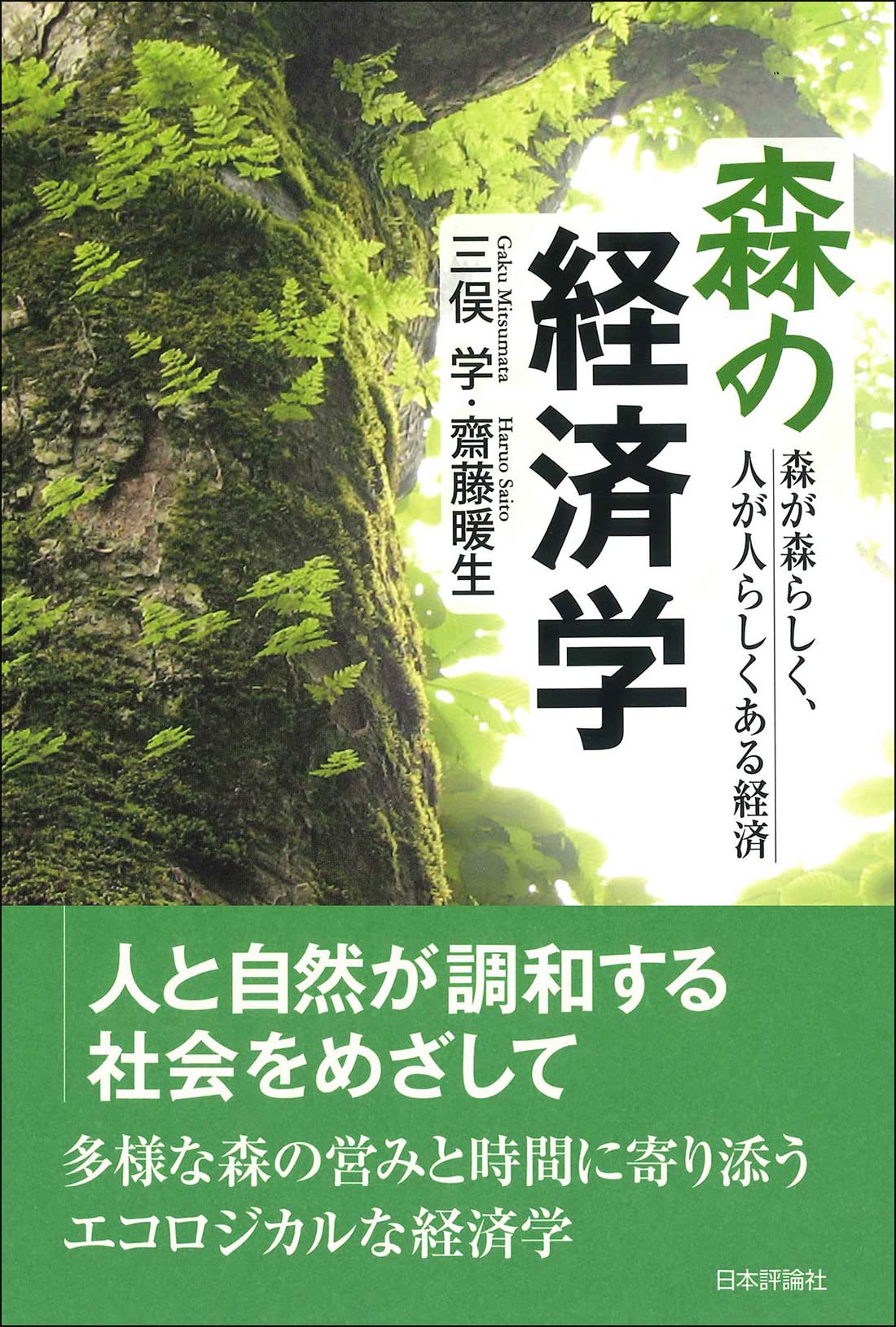
Title
Ringyo Isan (Forestry Heritage - Conservation and Utilization)
Size
288 pages, A5 format
Language
Japanese
Released
February 17, 2022
ISBN
978-4-13-076031-7
Published by
University of Tokyo Press
Book Info
See Book Availability at Library
Japanese Page
We often hear terms such as “World Heritage,” “Japanese Heritage,” and “Modern Industrial Heritage” in our daily lives. There has been a high level of interest in Japan regarding different kinds of heritage. The term “forestry heritage” has also been coined, and since 2013 the project to select forestry heritage has been underway at the Japanese Forest Society to record and remember for the future. This book takes up forestry heritage, regardless of whether the Japanese Forest Society selected it, and examines the current state of preservation and the possibilities for conservation and utilization of its many elements.
The term “forestry heritage” includes both tangible and intangible aspects. It encompasses “forestry tools,” such as saws and axes, and “archives” or old documents, as well as “forestry sites” such as forestry village ruins, and “buildings.” It also includes “forestry technology,” “forestry-related customs and beliefs,” and “forestry landscapes.” A feature of this book is that it introduces examples of the preservation and loss of diverse forestry heritage.
Though trucks and other vehicles are commonly used as a means of transporting lumber today, half a century ago, railway tracks were laid in the mountains to transport lumber loaded onto trolleys to lumber storage sites in many regions. These so-called forest railways were built in the mountains to carry lumber. Recent years have seen an increasing interest in regional development utilizing the remains of these forest railways. This book introduces the cases of Tokachi-Mitsumata (Hokkaido), Maruseppu (Hokkaido), Akasawa (Nagano), and Yakushima (Kagoshima). While most remains of forest railways are deteriorating and disappearing, some are being reused as resources for education and tourism. The difference between them becomes apparent on reading the book.
There is also forestry heritage handed down through human activities, such as cultivation techniques for lacquer trees (Toxicodendron vernicifluum), medicinal herbs within forests, and forestry landscapes. Various products of forestry, such as bark, sap, and medicinal herbs, were widely used in the past, but most of these diverse forestry uses have disappeared with the advance of industrialization. This book does not intend to deny all attempts to use new science and technology to build sustainable societies. However, forestry heritage represented by conventional technology undeniably contains many suggestions for the achievement of a truly sustainable society.
Through this book, I hope that readers will realize that there are treasures (forestry heritage) around them they are unaware of and they should develop an interest in preserving such local treasures to the best of their ability.
(Written by SHIBASAKI Hidemitsu, Associate Professor, Graduate School of Agricultural and Life Sciences / 2023)



 Find a book
Find a book


 eBook
eBook


